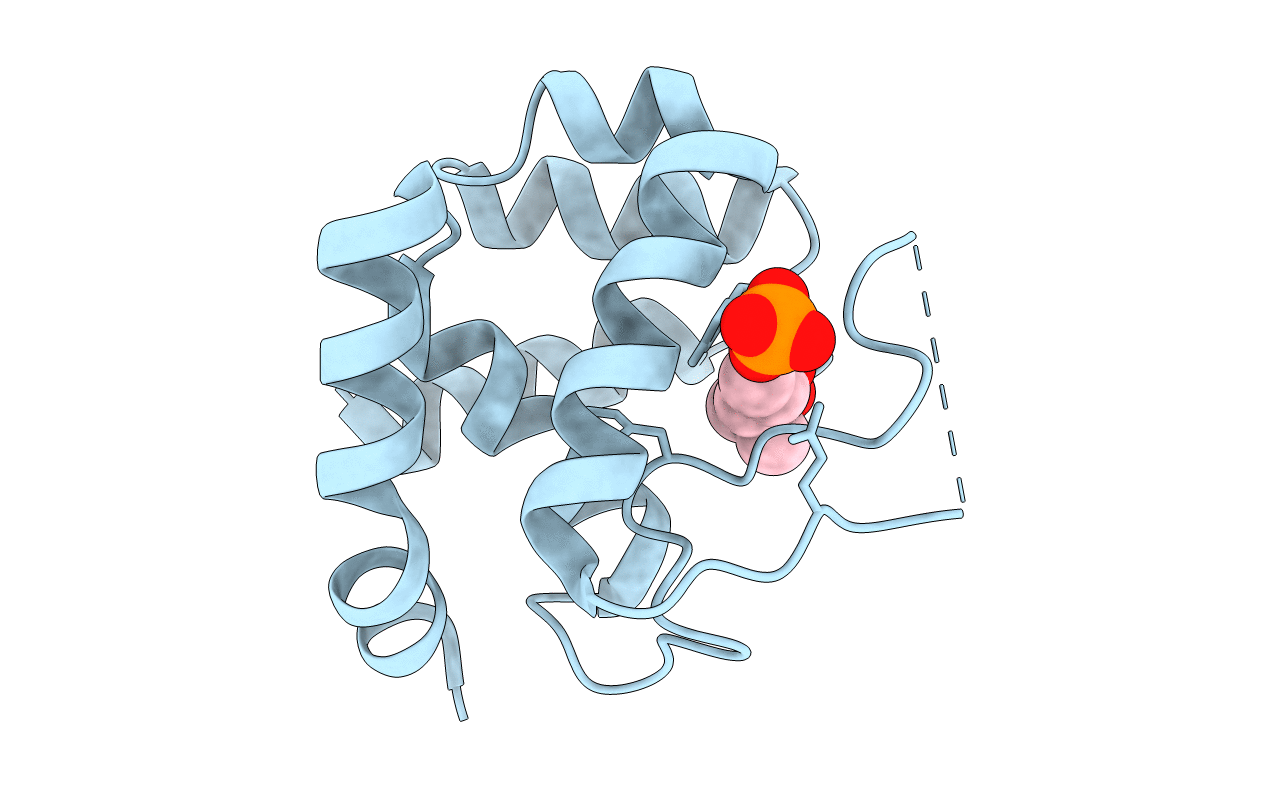
Deposition Date
2014-05-14
Release Date
2014-11-12
Last Version Date
2024-02-28
Entry Detail
PDB ID:
4QDN
Keywords:
Title:
Crystal Structure of the endo-beta-N-acetylglucosaminidase from Thermotoga maritima
Biological Source:
Source Organism:
Thermotoga maritima (Taxon ID: 243274)
Host Organism:
Method Details:
Experimental Method:
Resolution:
1.70 Å
R-Value Free:
0.19
R-Value Work:
0.16
R-Value Observed:
0.16
Space Group:
C 2 2 21


